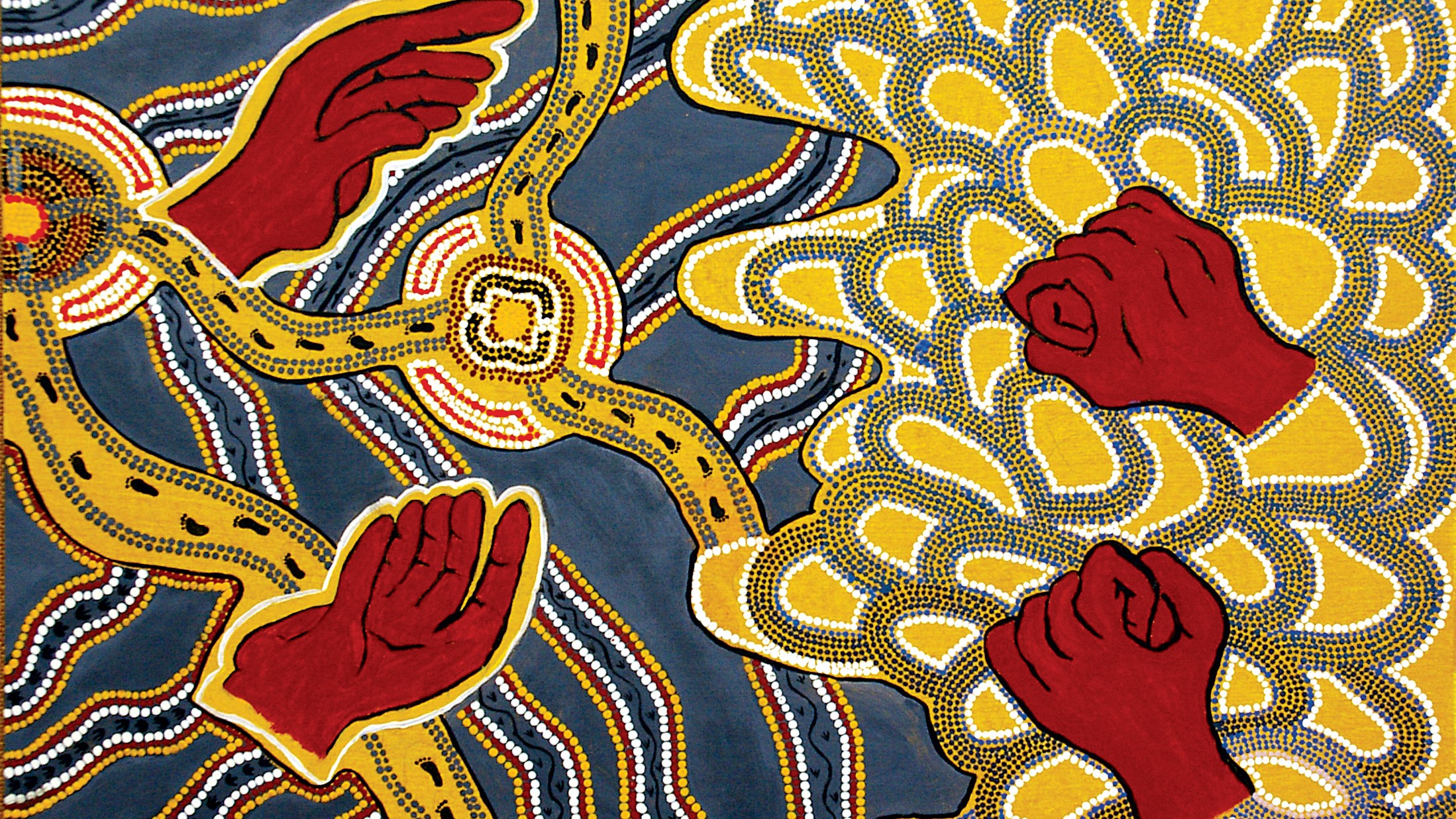Presentation Type
Presentation
Location
The University of Notre Dame Australia, Broome Campus
Start Date
11-9-2017 12:30 PM
Description
Land administration land use and environmental planning in Australia are public functions. Each State and Territory has their own unique sets of laws for administering land tenures and regulating the use and enjoyment of land for present and future generations (Bates 1995: 10). The Australian approach is firmly rooted in statute law which controls the Crown’s power to grant interests in land and to regulate and change those rights and interests. Conceptually at least, the system is designed to balance public and private interests as well as the interests of present and future generations. Although the degree to which these ideals are achieved in practice is highly debatable. While other disciplines such as anthropology and law have been dealing with the interactions between Indigenous peoples and their fundamental human rights for a very long time, there has been very little cross-over to the discipline of land use and environmental planning. In an attempt to fill this gap, this presentation will explore planning’s miserable failure with respect to Indigenous Australians and discuss how the landscape of land use and environmental planning is slowly changing to better recognise and incorporate Indigenous peoples’ rights in planning. The discussion will focus on some recent developments in Queensland planning law which for the first time in the history of planning law in Australia sets Indigenous peoples rights at the front end of the planning system rather than as an afterthought and how this sets an example that other jurisdictions could follow.
Recommended Citation
Wensing, Edward, "Changing Planning’s Policy and Practice toward Indigenous Australians: How can it be done?" (2017). Talking Heads Seminar Series. 4.
https://researchonline.nd.edu.au/nulungu_talkingheads/2017/schedule/4
Changing Planning’s Policy and Practice toward Indigenous Australians: How can it be done?
The University of Notre Dame Australia, Broome Campus
Land administration land use and environmental planning in Australia are public functions. Each State and Territory has their own unique sets of laws for administering land tenures and regulating the use and enjoyment of land for present and future generations (Bates 1995: 10). The Australian approach is firmly rooted in statute law which controls the Crown’s power to grant interests in land and to regulate and change those rights and interests. Conceptually at least, the system is designed to balance public and private interests as well as the interests of present and future generations. Although the degree to which these ideals are achieved in practice is highly debatable. While other disciplines such as anthropology and law have been dealing with the interactions between Indigenous peoples and their fundamental human rights for a very long time, there has been very little cross-over to the discipline of land use and environmental planning. In an attempt to fill this gap, this presentation will explore planning’s miserable failure with respect to Indigenous Australians and discuss how the landscape of land use and environmental planning is slowly changing to better recognise and incorporate Indigenous peoples’ rights in planning. The discussion will focus on some recent developments in Queensland planning law which for the first time in the history of planning law in Australia sets Indigenous peoples rights at the front end of the planning system rather than as an afterthought and how this sets an example that other jurisdictions could follow.





